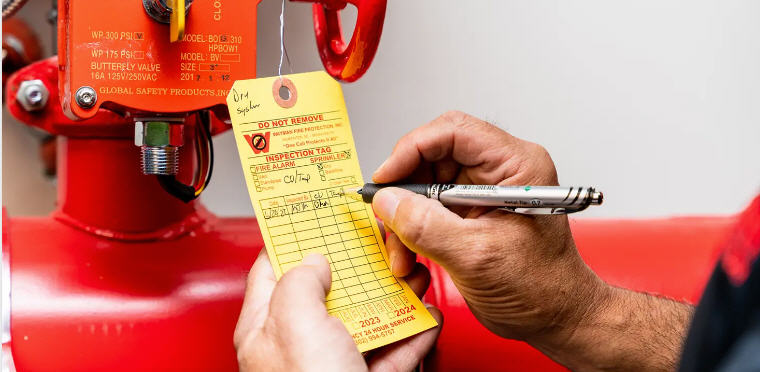
Key Performance Indicator (KPI) for Fire Protection Service
To name a few:
Service-Focused KPIs
- Response Time: Average time it takes to arrive at a client’s location after a service call, emergency dispatch, or alarm trigger. Faster response enhances safety.
- First Time Fix Rate: Percentage of service calls resolved on the first visit without needing follow-ups. High rates improve efficiency and customer satisfaction.
- Customer Satisfaction Surveys (CSAT): Track customer satisfaction with the quality of work, communication, reliability, etc.
- Net Promoter Score (NPS): Measures the likelihood of a customer recommending your services. Strong NPS reflects excellent service.
- Contract Renewal Rate: Percentage of maintenance and inspection contracts renewed annually.
Operational KPIs
- Inspection Compliance Rate: Percentage of scheduled inspections completed on time as mandated by regulations or contracts.
- Technician Utilization: Percentage of technician’s working hours spent on billable service tasks vs. travel, admin, etc. Higher utilization boosts productivity.
- Mean Time to Repair (MTTR): Average time to restore a system to working order after a failure or malfunction.
- Safety Incident Rate: Track accidents and injuries to promote a safe work environment for your team.
- Preventative Maintenance Effectiveness: Measure any reduction in emergency calls or system failures due to proactive maintenance.
Financial KPIs
- Revenue per Technician: Total revenue generated per technician over a defined period. Helps in understanding productivity and workforce efficiency.
- Profit Margin: Percentage of revenue remaining after all expenses are accounted for. Measures overall profitability.
- Average Contract Value: Average value of service contracts, both installation and maintenance agreements.
- Recurring Revenue: Percentage of revenue from ongoing service contracts (vs. one-off installations). Recurring revenue provides stability.
Project Management KPIs (for larger projects)
- On-Time Project Completion: Percentage of projects completed within the originally agreed upon schedule.
- On-Budget Project Completion: Percentage of projects completed within or under the original project budget.
- Change Orders: Value of change orders as a percentage of total contract value. Higher numbers might suggest initial planning issues.
Additional Considerations
- Equipment-Specific KPIs: Track reliability rates, maintenance frequency, and the lifetime cost of ownership for various types of fire protection equipment.
- Regulatory Compliance: Ensure your team is always up-to-date on and adhering to the latest fire codes and industry regulations
